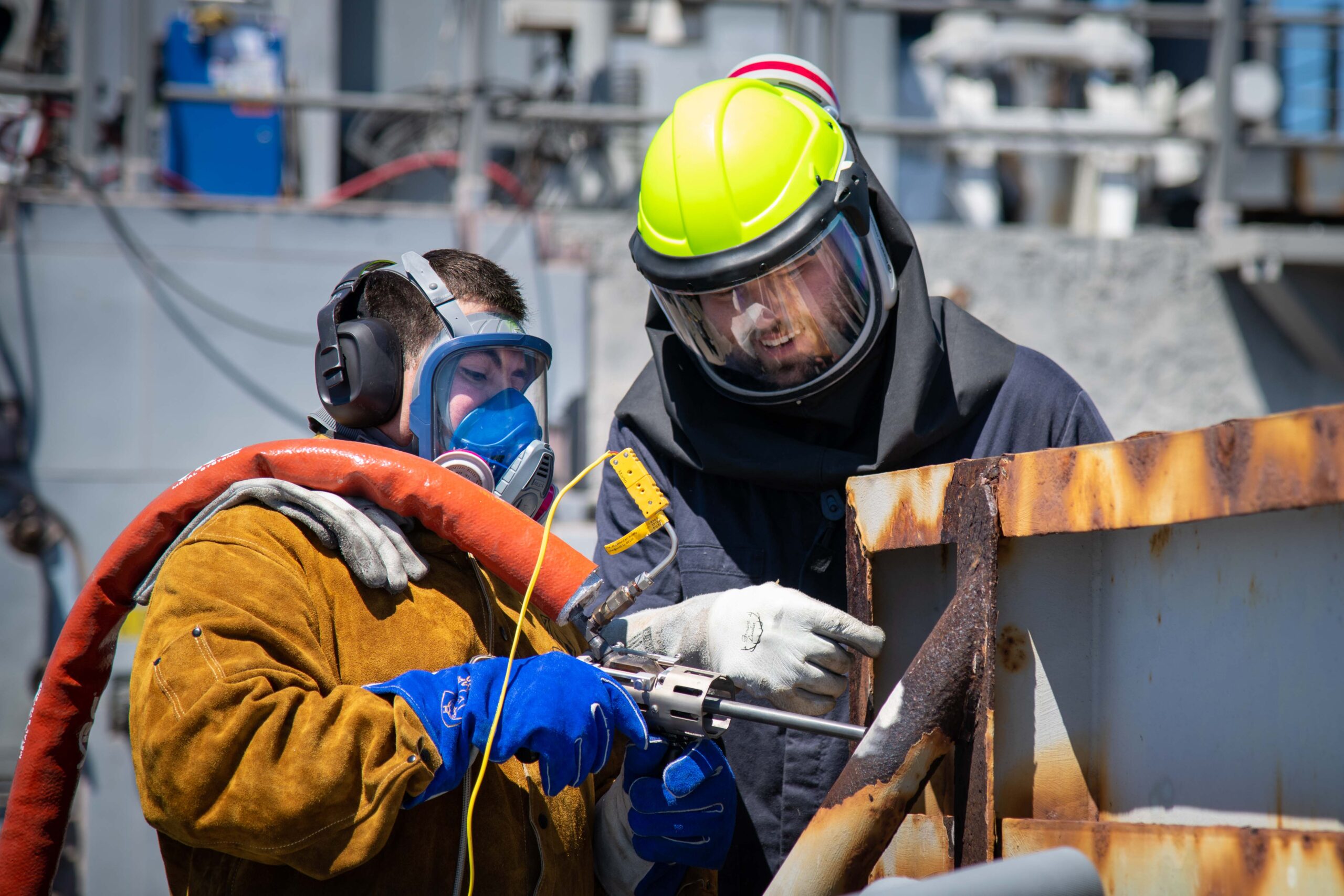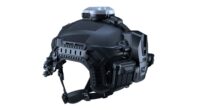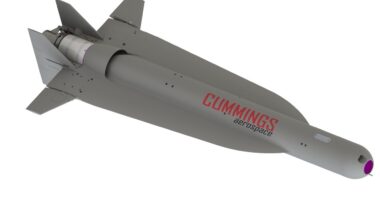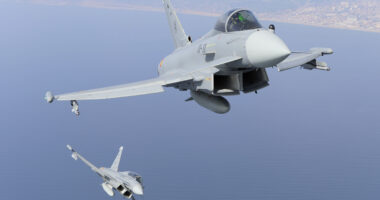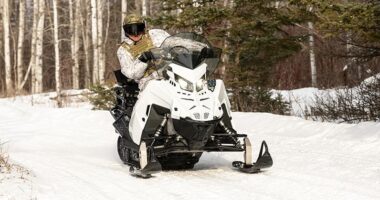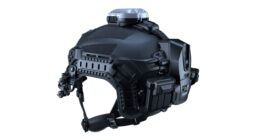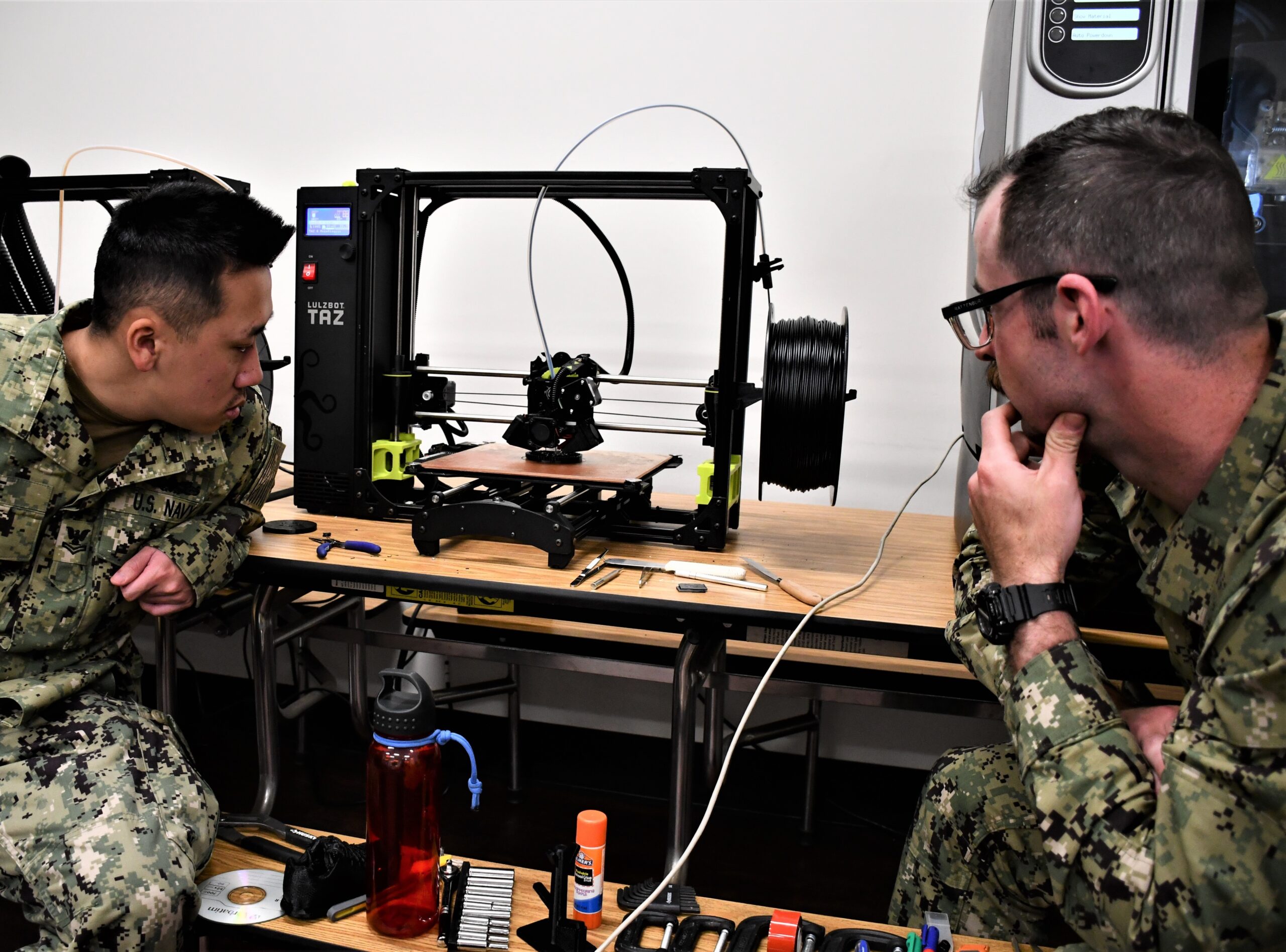The US Army is stepping up its repair game with a revolutionary cold spray solution designed to breathe new life into damaged equipment — no replacement required.
The VRC Dragonfly, a high-pressure cold spray (HPCS) system, has just been integrated at the Sierra Army Depot in California, offering a faster and more cost-effective alternative to traditional repair methods.
By applying high-energy coatings to metals like aluminum, steel, and copper, the Dragonfly preserves the integrity of materials while avoiding heat-related damage.
This method allows troops to repair parts on-site without shipping them off-base, keeping vehicles and systems mission-ready with minimal downtime.
Now operational at the depot’s Metal Fabrication Department, the Dragonfly has already been tested on high-value components of the M149 Buffalo water trailer.
Inside the Dragonfly Tool
The Dragonfly’s unique cold spray tech utilizes supersonic particle deposition to apply an advanced, high-energy coating on battle-worn parts.
Unlike conventional welding or heat-based repairs, this low-heat process minimizes oxidation and phase changes, helping parts retain their original properties and perform longer in the field.
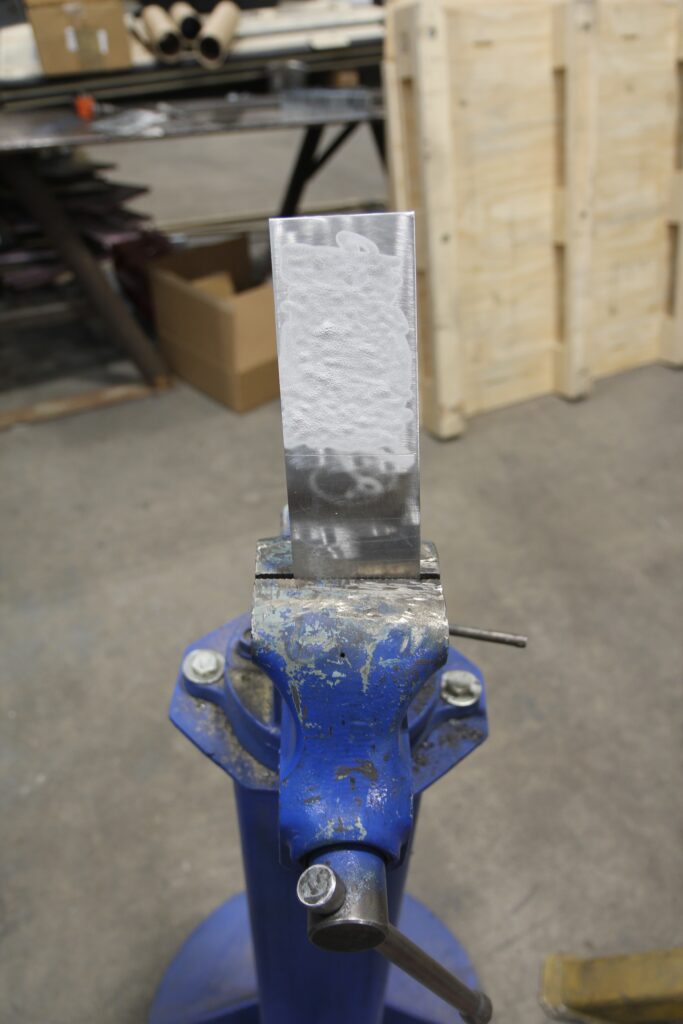
It also supports multiple repair cycles. Parts can be recoated as they wear down, making the system both sustainable and field-friendly.
Weighing just 94 pounds (43 kilograms), the Dragonfly is compact enough for use both in mobile operations and permanent facilities.
It can also complement 3D-printing processes for more complex repairs, giving technicians more flexibility and precision when restoring intricate components.
South Dakota-based VRC, the company behind the system, said its HPCS bonds are two to 10 times stronger than those made with traditional low-pressure cold spray, ensuring the fixes are as resilient as possible.
The cold repair method can be used on a variety of products, including military vehicles, aerospace systems, maritime vessels, and heavy machinery.
